Home>Garden Essentials>Why Do You Put Hay Over Grass Seed
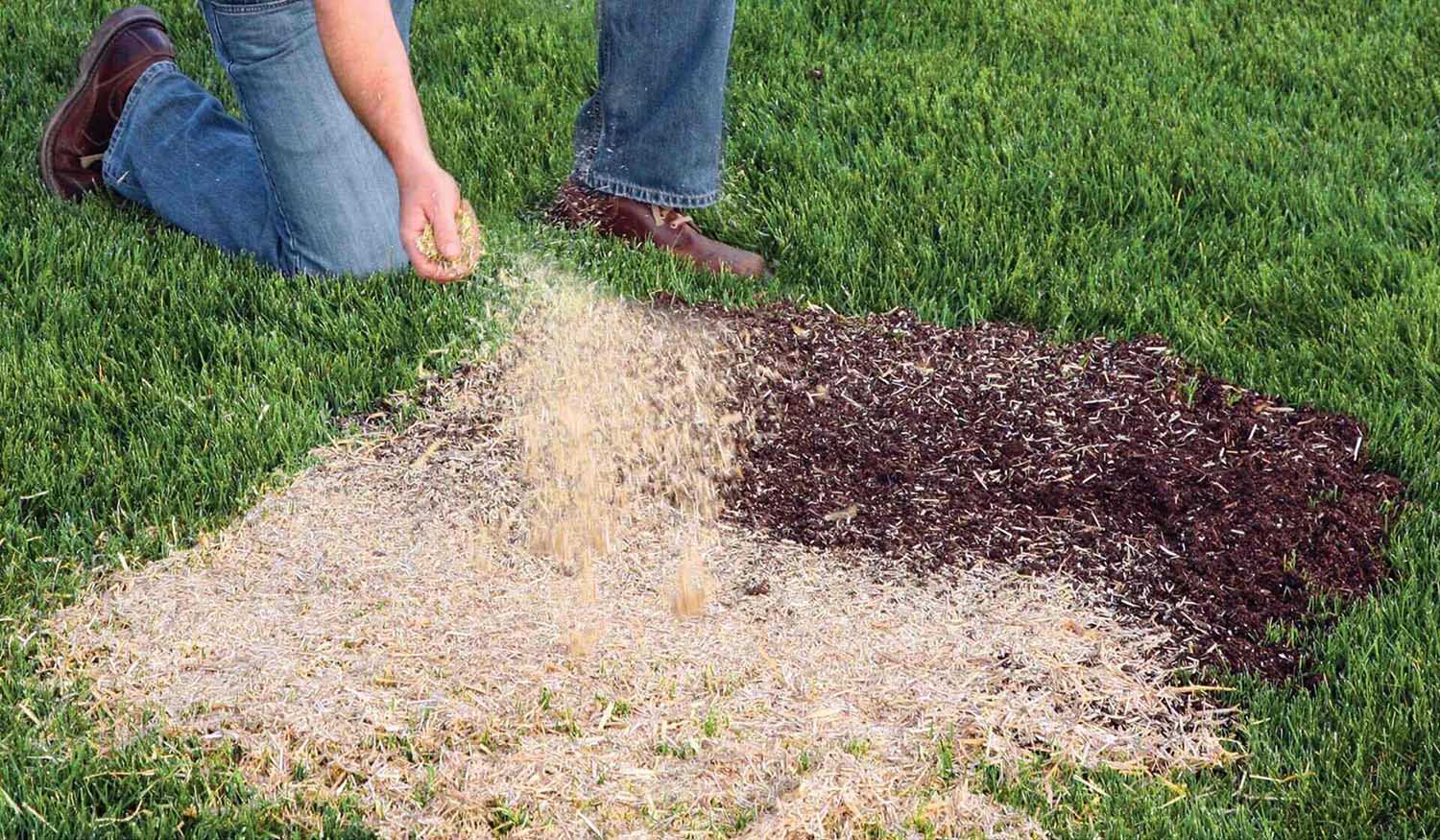

Garden Essentials
Why Do You Put Hay Over Grass Seed
Modified: May 6, 2024
Discover why putting hay over grass seed in your garden is essential for optimal growth and protection. Uncover the benefits and steps to ensure a successful garden with our expert guide.
(Many of the links in this article redirect to a specific reviewed product. Your purchase of these products through affiliate links helps to generate commission for Storables.com, at no extra cost. Learn more)
Introduction
Gardening enthusiasts and homeowners often turn to grass seed to rejuvenate their lawns, whether it’s to repair damaged areas or establish a new lawn from scratch. While simply broadcasting the grass seed onto the soil may seem like the easiest method, many gardeners opt to cover the seed with hay for a variety of reasons.
Putting hay over grass seed offers numerous benefits and can significantly improve the success rate of establishing a lush and healthy lawn. In this article, we will explore why using hay as a cover for grass seed is a valuable technique and provide insights into the factors to consider when using this method.
Key Takeaways:
- Covering grass seed with hay helps protect it from birds, wind, and harsh weather, and retains moisture for faster and more uniform growth.
- Choosing high-quality, weed-free hay and applying it at the right thickness and timing can significantly increase the success of establishing a healthy and vibrant lawn.
Read more: Why Do You Put Straw On Grass Seed
Benefits of Putting Hay Over Grass Seed
When it comes to establishing a thriving lawn from seed, putting hay over grass seed can provide a range of benefits that contribute to the successful germination and growth of the grass. Let’s explore some of the key advantages:
1. Provides Protection and Insulation: Placing a layer of hay over grass seed helps protect the seed from birds, wind, and harsh weather conditions. It acts as a natural blanket, shielding the seed from potential damage and improving its chances of survival.
2. Retains Moisture: Hay acts as a moisture-retaining barrier, preventing the grass seed from drying out too quickly. By trapping moisture in the soil, the hay helps to create optimal conditions for germination, leading to faster and more uniform growth of the grass.
3. Stabilizes Soil Temperature: Hay also acts as an insulator for the soil, helping to regulate soil temperature. By keeping the soil warm during cooler seasons and cooler during hot summers, the hay provides an ideal environment for the germination and establishment of the grass seed.
4. Reduces Erosion: The layer of hay helps to prevent soil erosion caused by heavy rain, wind, or other factors. It holds the soil in place and minimizes the risk of soil loss, ensuring that the grass seed remains in contact with the soil for optimal growth.
5. Acts as a Natural Mulch: As the hay decomposes over time, it adds organic matter to the soil, improving its fertility and texture. This natural mulch also helps suppress weed growth, ensuring that the grass seed has less competition and a greater chance to thrive.
By harnessing these benefits, using hay over grass seed can significantly increase the success rate of establishing a healthy and vibrant lawn. However, it is important to consider certain factors to ensure the effectiveness of this technique.
Factors to Consider When Using Hay Over Grass Seed
While using hay as a cover for grass seed offers numerous benefits, it’s important to consider several factors to ensure its effectiveness. Taking these factors into account will help you achieve the best results when using hay over grass seed:
1. Quality and Type of Hay: The quality of the hay you choose is crucial. Opt for weed-free hay that is free from seeds of invasive plants. Using hay from trusted sources or certified weed-free hay will minimize the risk of introducing unwanted weeds into your lawn.
Additionally, consider the type of hay that is best suited for your specific lawn needs. Different types of hay, such as Timothy, Bermuda, or Alfalfa, have varying characteristics and can provide different benefits.
2. Proper Timing: Timing is essential when applying hay over grass seed. Ideally, you should wait until after you have evenly spread the grass seed on the prepared soil. Apply the hay immediately afterwards to ensure optimal coverage and protection for the seed.
Timing also involves considering the weather conditions. It’s best to apply the hay cover when the weather forecast indicates a period of several days without heavy rain or strong wind. This will minimize the risk of the hay getting washed away or displaced.
3. Appropriate Hay Thickness: The thickness of the hay layer is critical to the success of using this method. Aim for a layer around half an inch to one inch thick. This thickness provides adequate protection and insulation for the grass seed while allowing sunlight to reach the soil and facilitate germination.
Applying a thicker layer of hay may lead to poor seedling emergence, as the grass seedlings may struggle to push through the dense hay cover.
4. Potential Weed Seed Contamination: While hay can act as a natural mulch and suppress weed growth, it is not entirely immune to containing weed seeds. This is especially true if you opt for hay of lower quality or uncertified sources.
To minimize the risk of weed seed contamination, consider taking preventive measures such as using pre-emergent herbicides or carefully inspecting the hay for any signs of weed growth before application.
By considering these factors and taking the necessary precautions, you can ensure that using hay over grass seed becomes a successful method for establishing a healthy and vibrant lawn.
When planting grass seed, putting hay over it helps to protect the seeds from birds, wind, and erosion. It also helps to retain moisture and provide a better environment for the seeds to germinate and grow.
How to Apply Hay Over Grass Seed
To achieve the best results when applying hay over grass seed, it’s important to follow a step-by-step process. Here’s a guide on how to successfully apply hay over grass seed:
1. Preparing the Soil: Start by preparing the soil where you plan to sow the grass seed. Remove any debris, rocks, or weeds and ensure that the soil is loose and well-drained. Rake the soil to create a smooth and level surface, providing an optimal environment for grass seed germination.
2. Spreading Grass Seed: Evenly spread the grass seed over the prepared soil according to the recommended seeding rate. Follow the instructions provided by the specific grass seed variety you’re using. Make sure to distribute the seed uniformly to promote consistent growth and avoid over-seeding or under-seeding.
3. Applying Hay Covering: Once the grass seed is spread, it’s time to apply the hay. Take small handfuls of hay and gently toss them over the seeded area. Aim for a layer of hay that is around half an inch to one inch thick, ensuring adequate coverage of the grass seed without smothering it.
Make sure the hay is evenly spread, with no large clumps or bare spots. It’s also essential to avoid piling up the hay against trees, shrubs, or structures to prevent potential damage.
4. Watering and Maintenance: After applying the hay, thoroughly water the area to ensure that the hay settles and makes good contact with the soil. Watering also helps to activate the germination process. Use a gentle spray or mist setting to avoid displacing the hay cover.
Keep the soil consistently moist by watering regularly, especially during the initial stages of seed germination. Avoid overwatering, as excessive moisture can be harmful to the grass seedlings.
Monitor the growth of the grass seedlings and remove any clumps or matted patches of hay as necessary to allow proper emergence and growth. As the grass seedlings mature, gradually reduce the frequency of watering, promoting deeper root development.
Additionally, implement regular lawn maintenance practices such as mowing, fertilizing, and weed control to support the overall health and vitality of your lawn.
By following these steps and providing adequate care and maintenance, you can maximize the chances of successful grass seed germination and establish a lush, green lawn using hay as a cover.
Conclusion
Using hay as a cover for grass seed can be a valuable technique for establishing a healthy and beautiful lawn. By understanding the benefits and considering the necessary factors, you can maximize the success of using hay over grass seed.
The protective and insulating properties of hay help shield the grass seed from external elements, while retaining moisture and stabilizing soil temperature, ultimately promoting optimal germination and growth. Additionally, hay acts as a natural mulch, reducing erosion and suppressing weed growth, further enhancing the success of establishing a vibrant lawn.
However, it’s crucial to choose high-quality, weed-free hay and ensure proper timing and thickness. Being mindful of potential weed seed contamination is also important, as it can impact the overall health and appearance of your lawn.
When applying hay over grass seed, following a step-by-step process, such as preparing the soil, evenly spreading the grass seed, applying the hay covering, and providing adequate watering and maintenance, will yield the best results.
Remember to monitor the growth of the grass seedlings and adjust watering and maintenance practices accordingly. Regular care and maintenance, such as mowing, fertilizing, and weed control, will contribute to the long-term health and vitality of your lawn.
In conclusion, using hay as a cover for grass seed offers numerous benefits and can significantly improve the success rate of establishing a lush and healthy lawn. By understanding the process and taking the necessary precautions, you can enjoy the satisfaction of a thriving lawn that enhances the beauty of your outdoor space.
Curious about what happens after you've spread hay over your freshly seeded lawn? You might be wondering how quickly those seeds will sprout into a lush, green carpet. While you've learned why hay is beneficial for seed protection, understanding the timing of seed germination could further enhance your gardening success. Check out our detailed guide on the stages of growth from seed to sprout, ensuring your garden remains vibrant and healthy.
Frequently Asked Questions about Why Do You Put Hay Over Grass Seed
Was this page helpful?
At Storables.com, we guarantee accurate and reliable information. Our content, validated by Expert Board Contributors, is crafted following stringent Editorial Policies. We're committed to providing you with well-researched, expert-backed insights for all your informational needs.
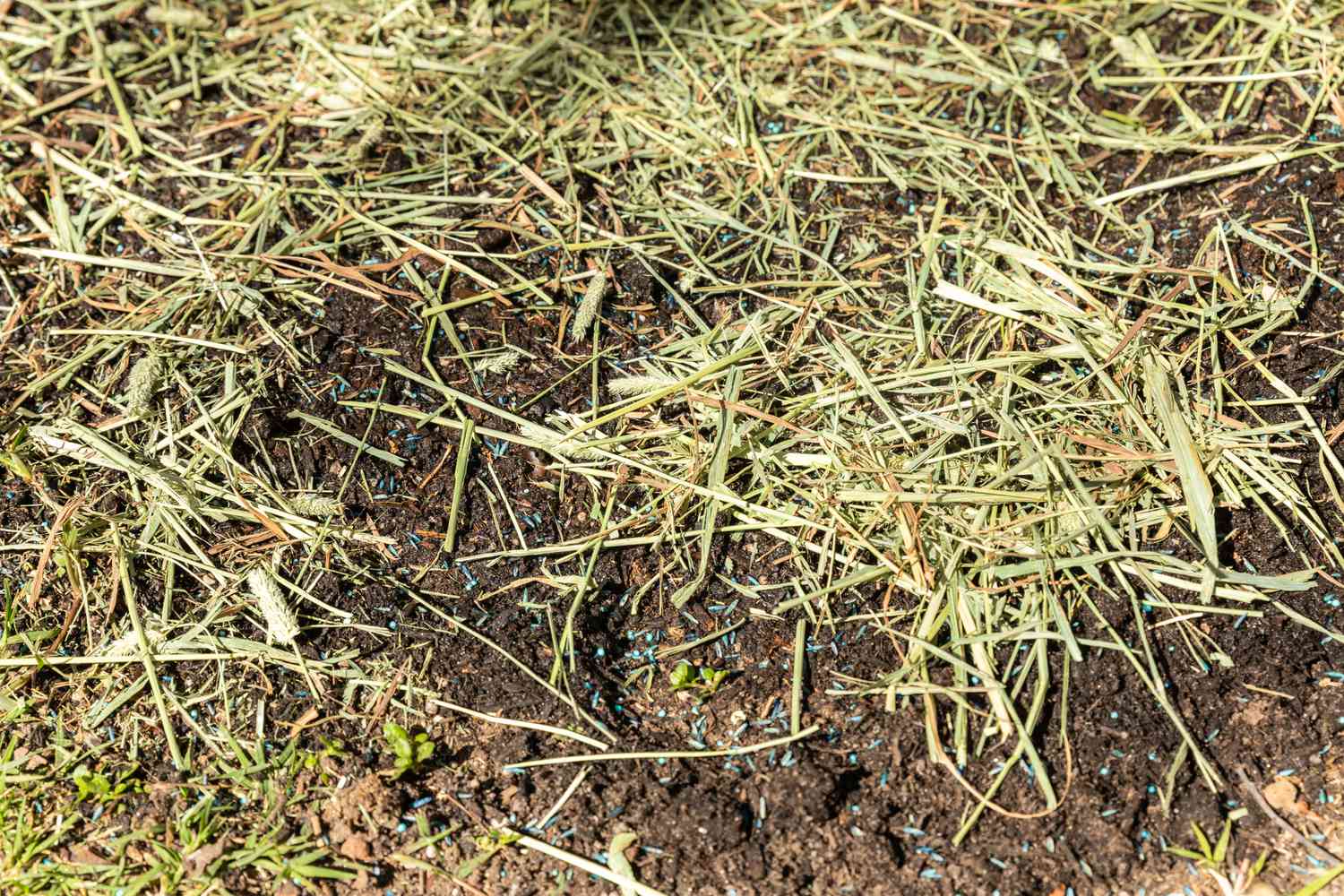
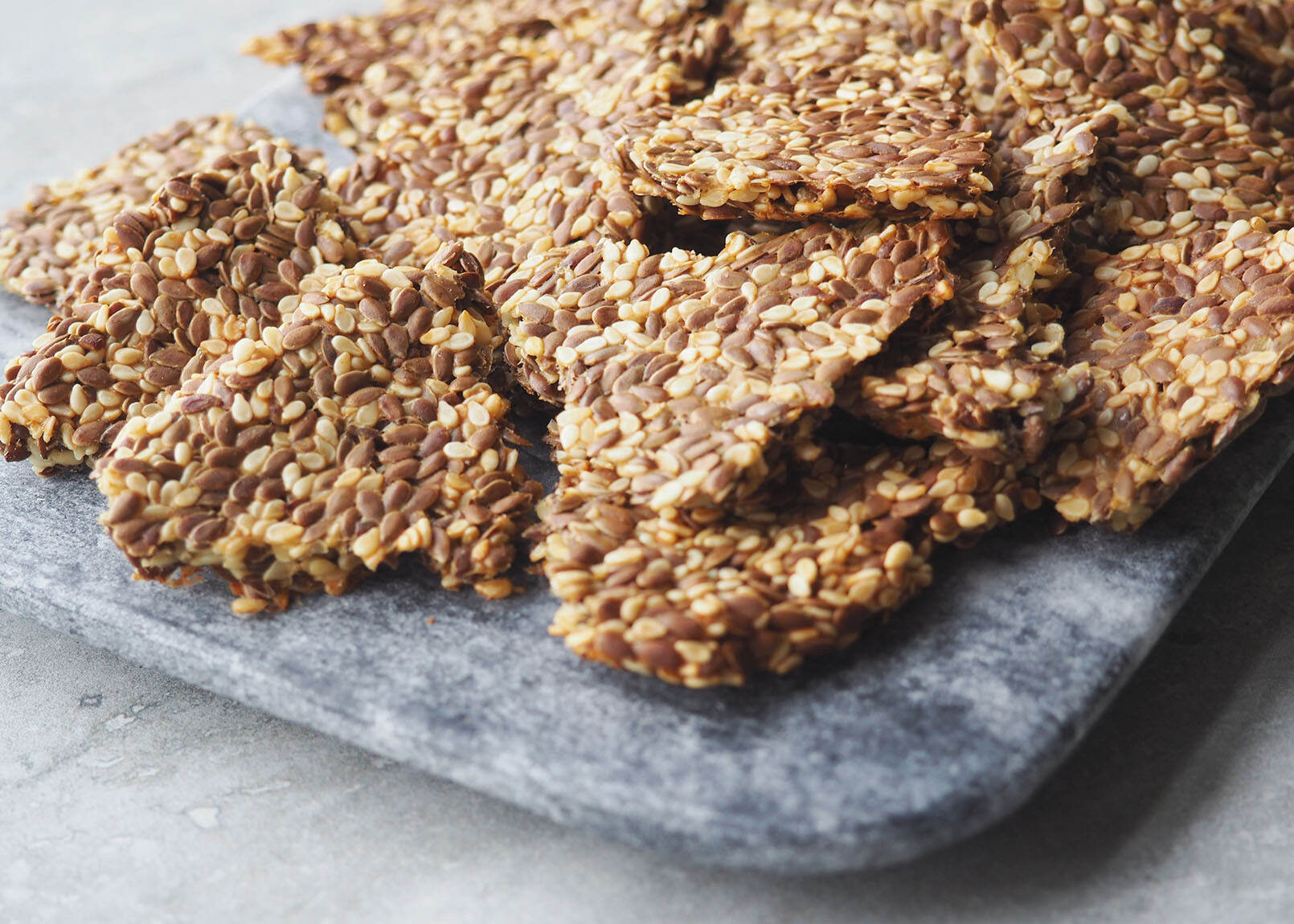
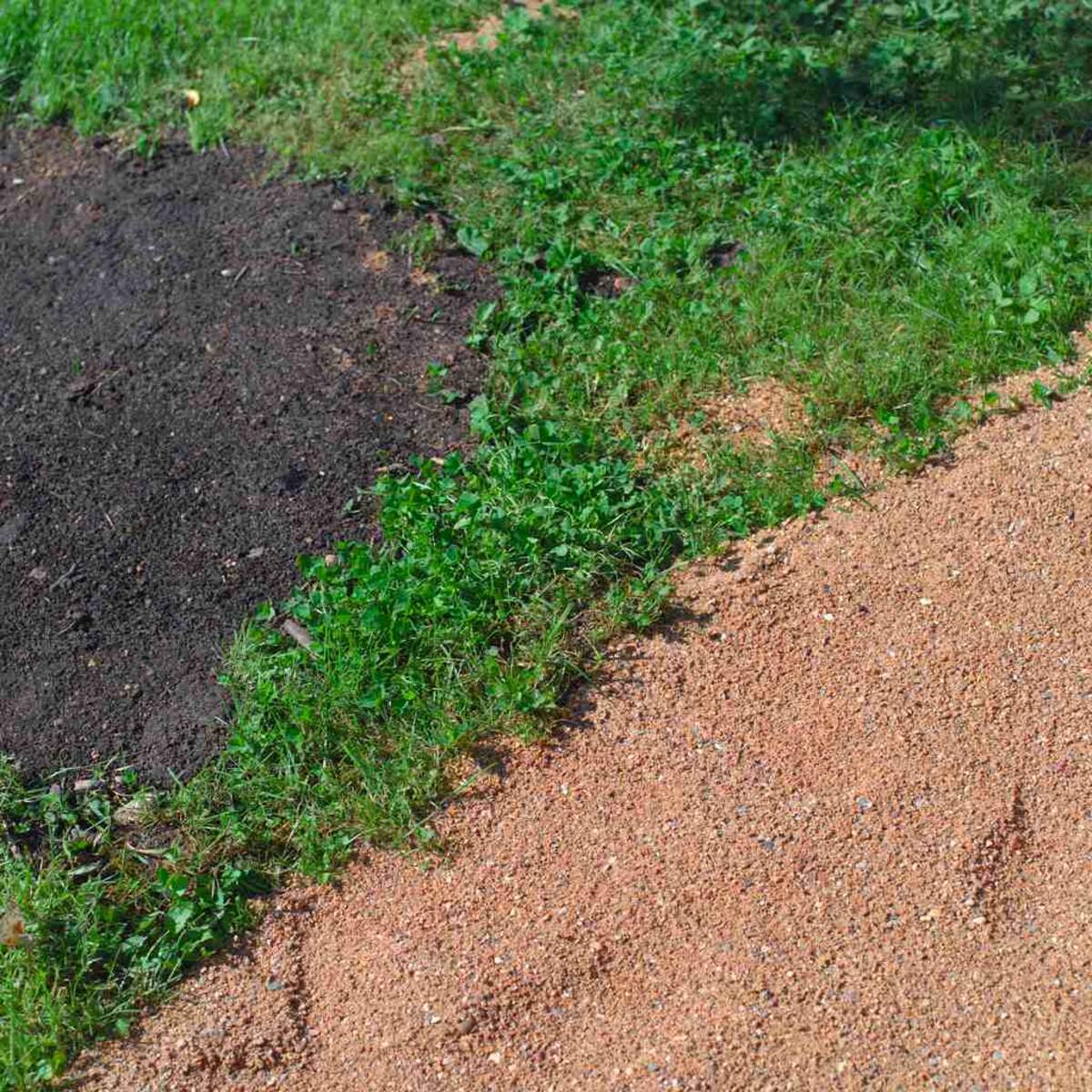
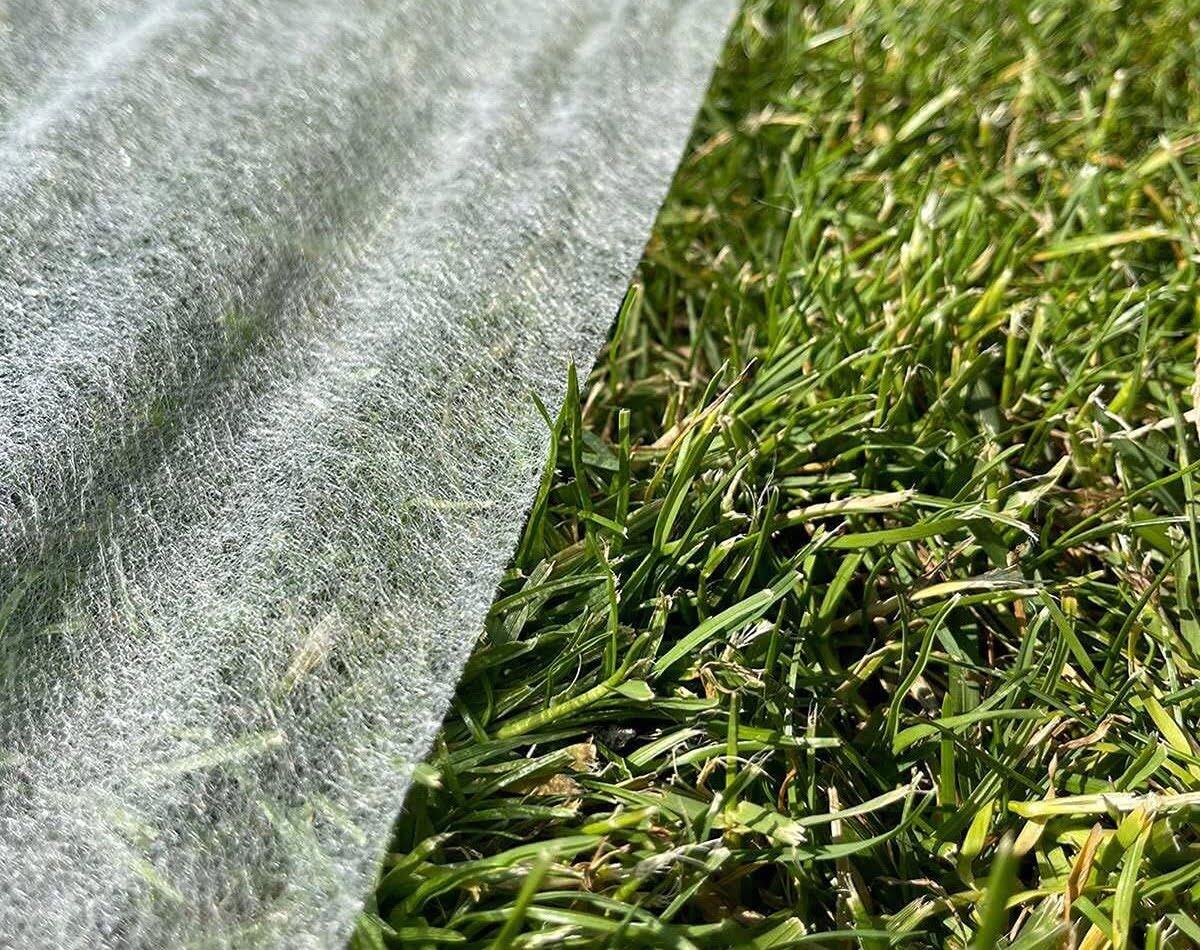
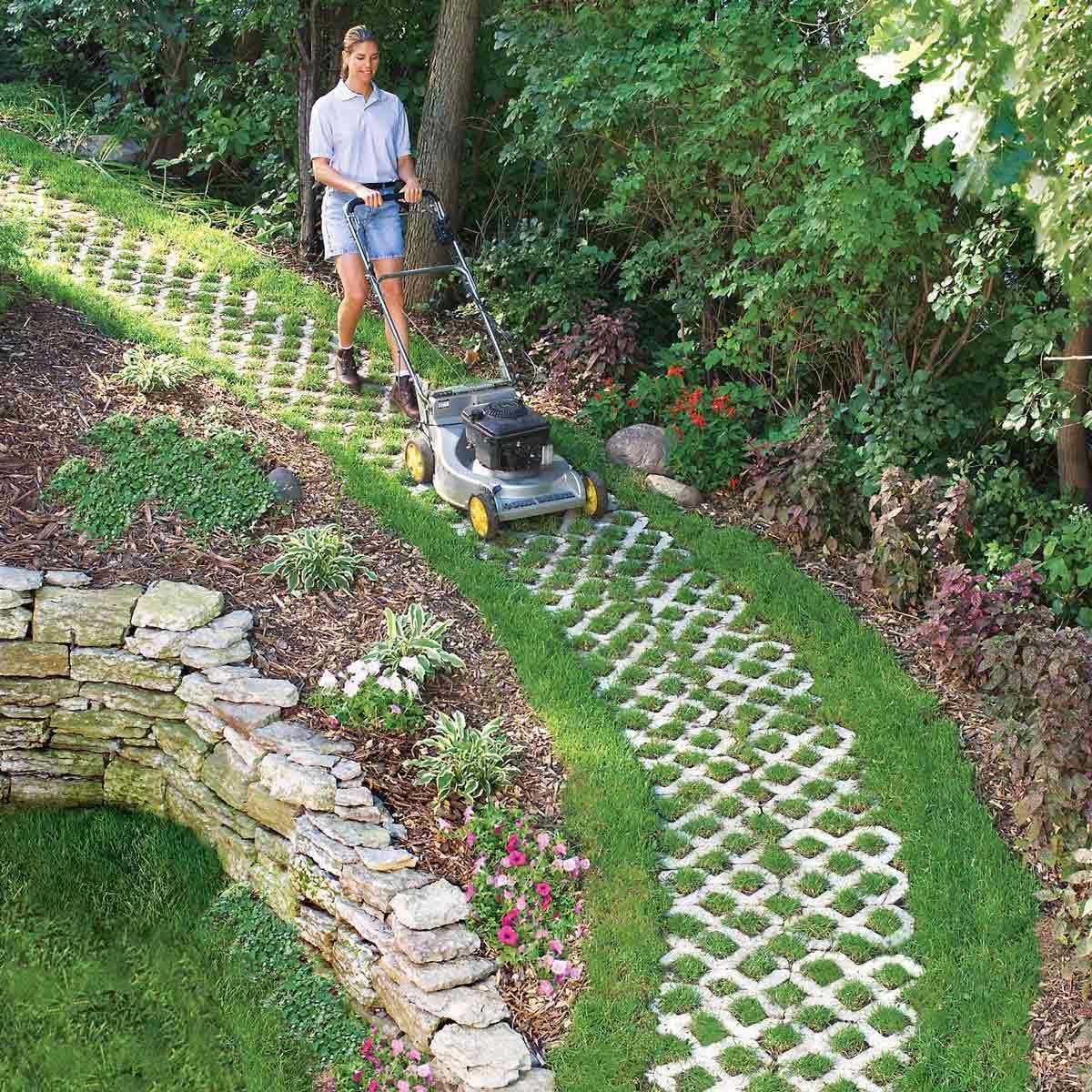
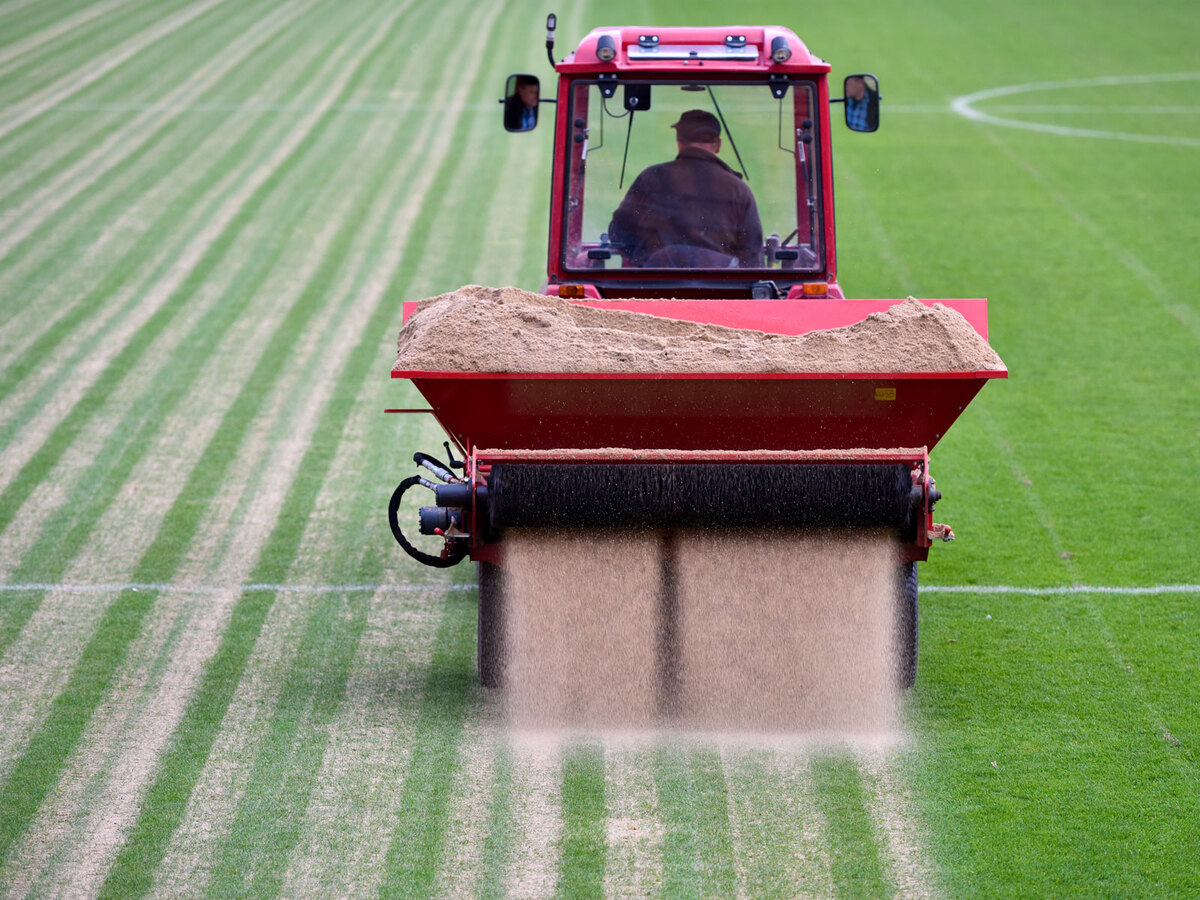



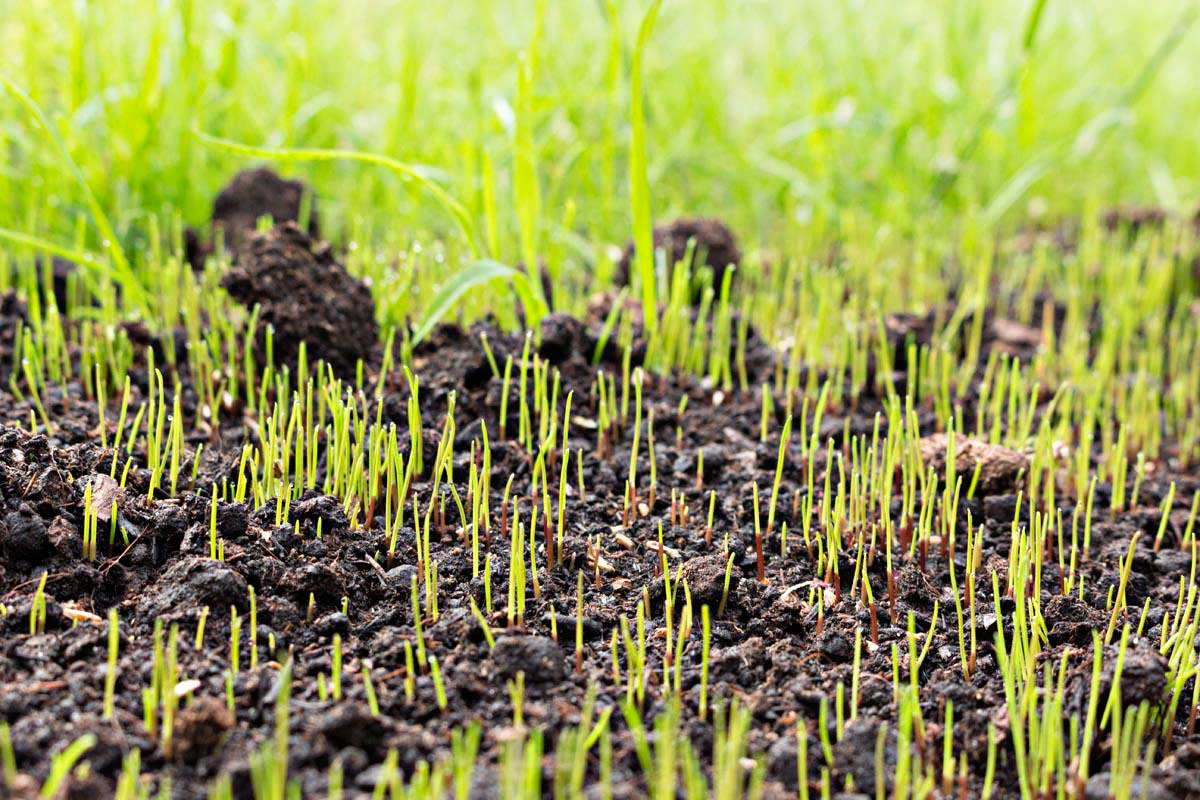

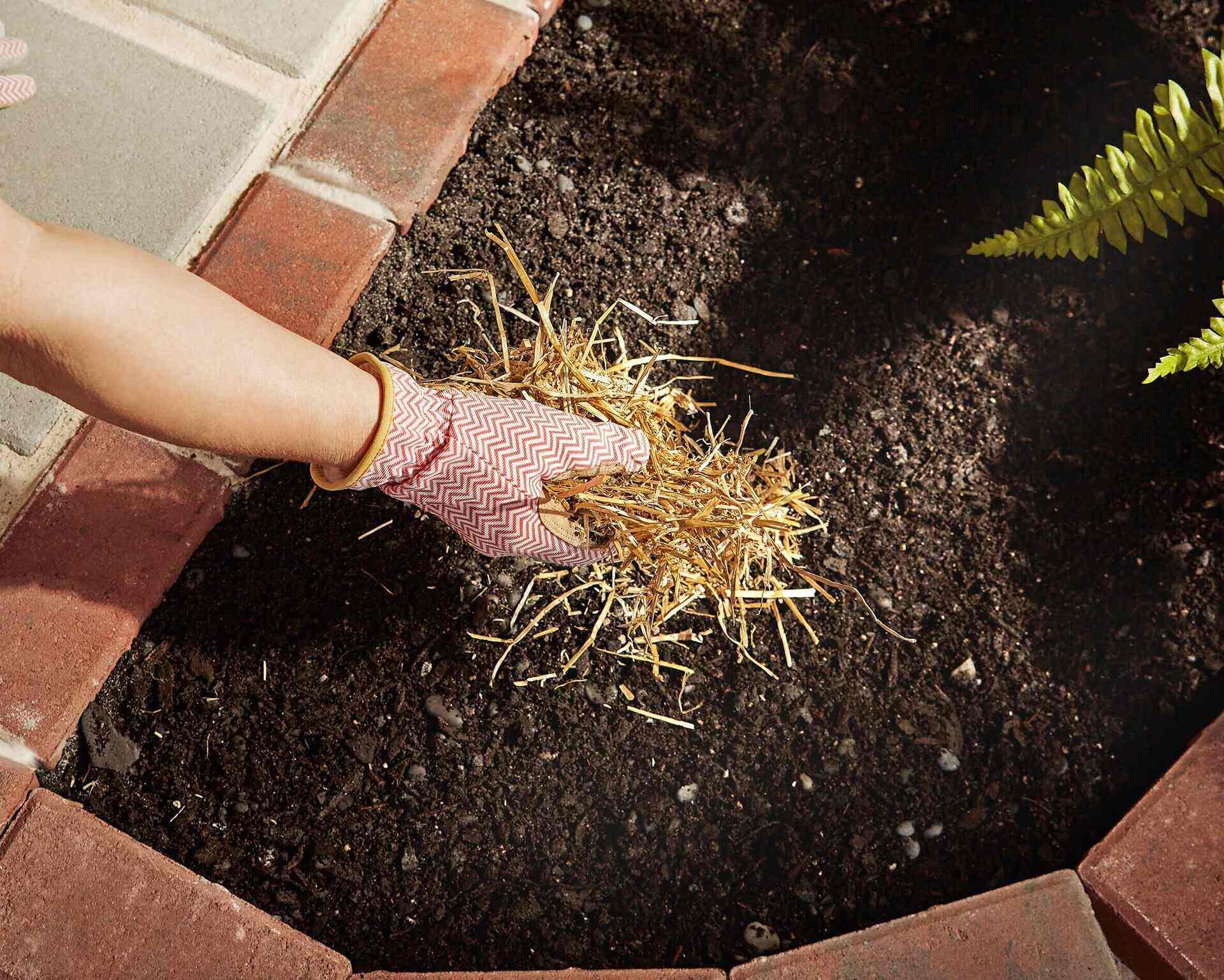
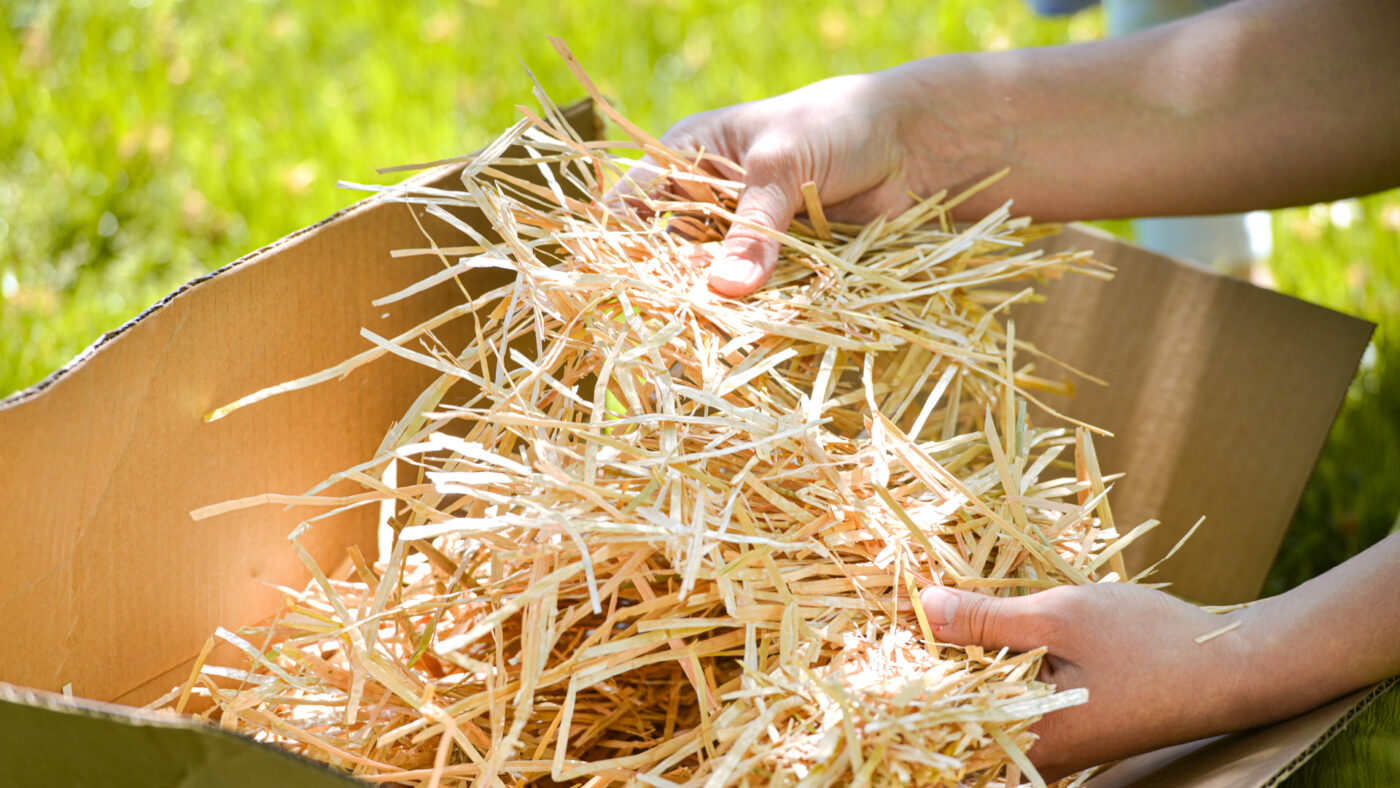
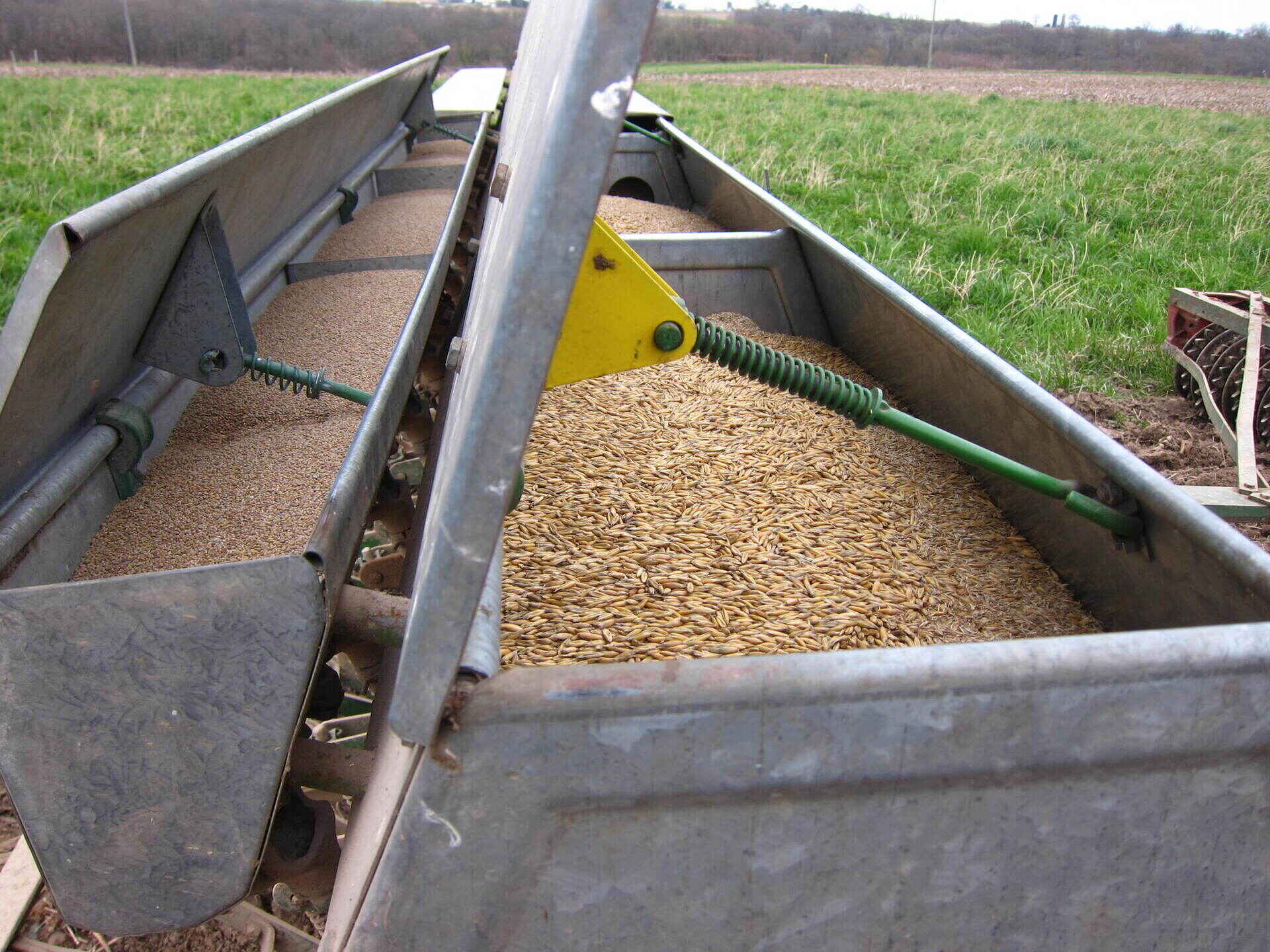


0 thoughts on “Why Do You Put Hay Over Grass Seed”